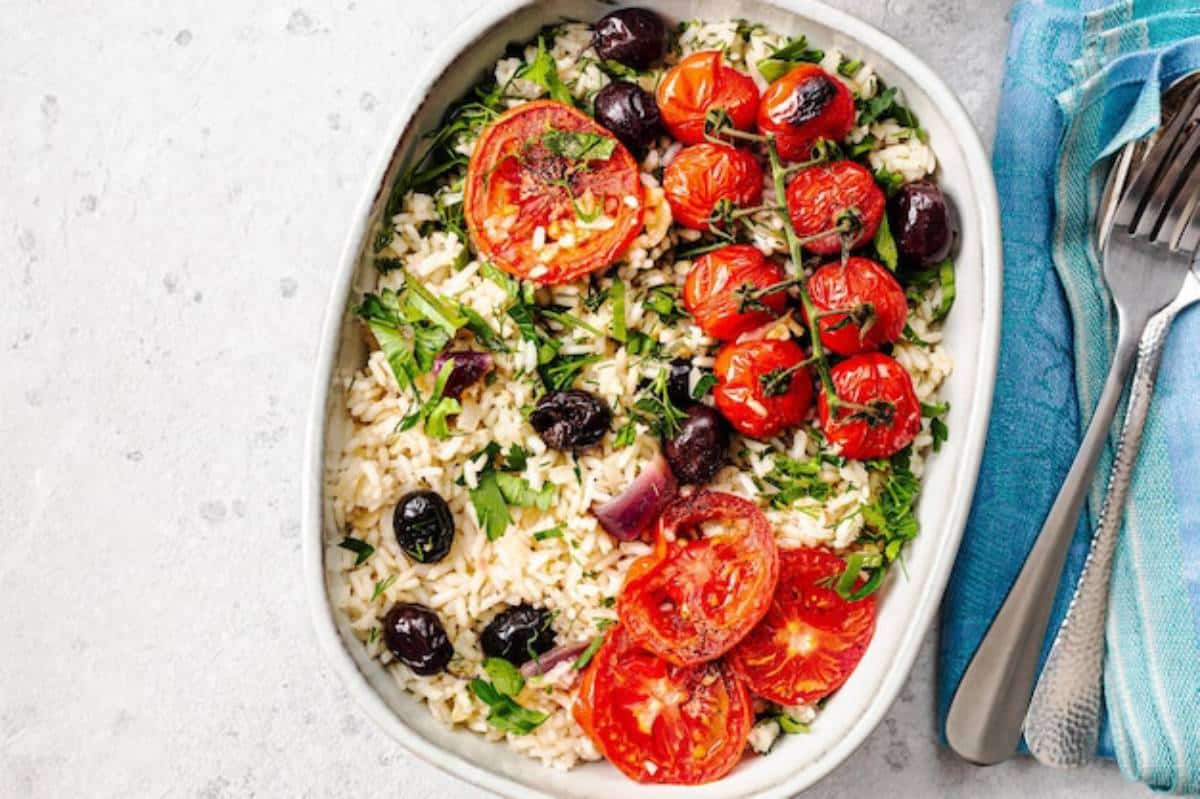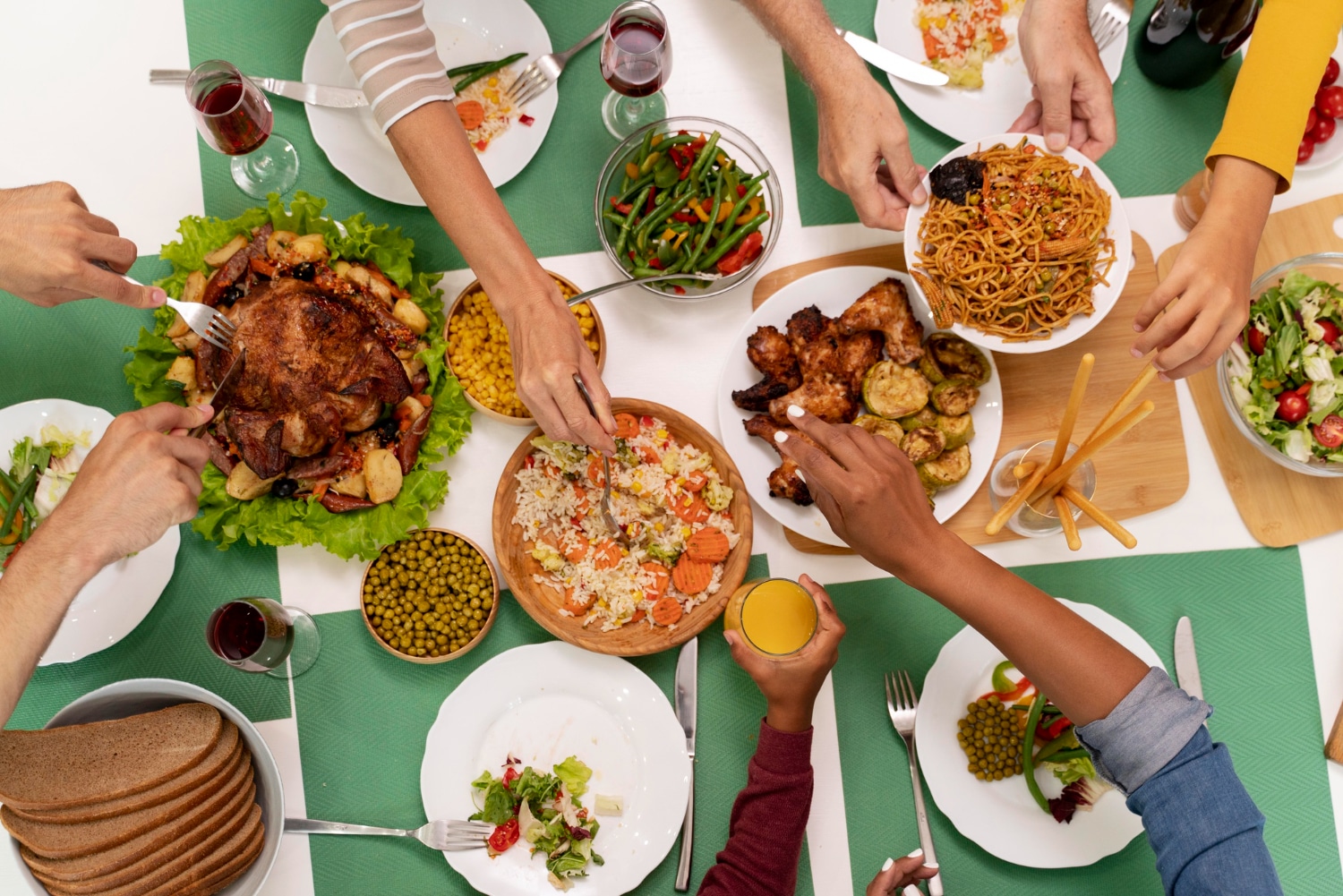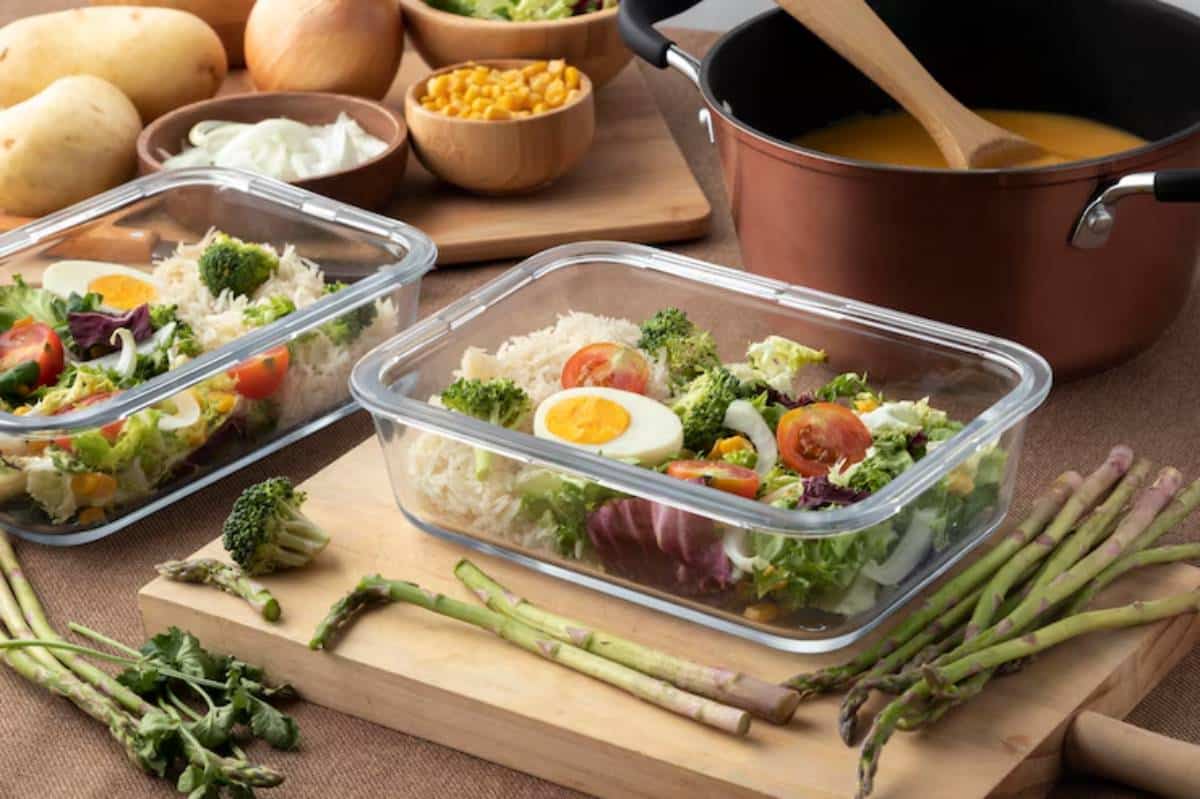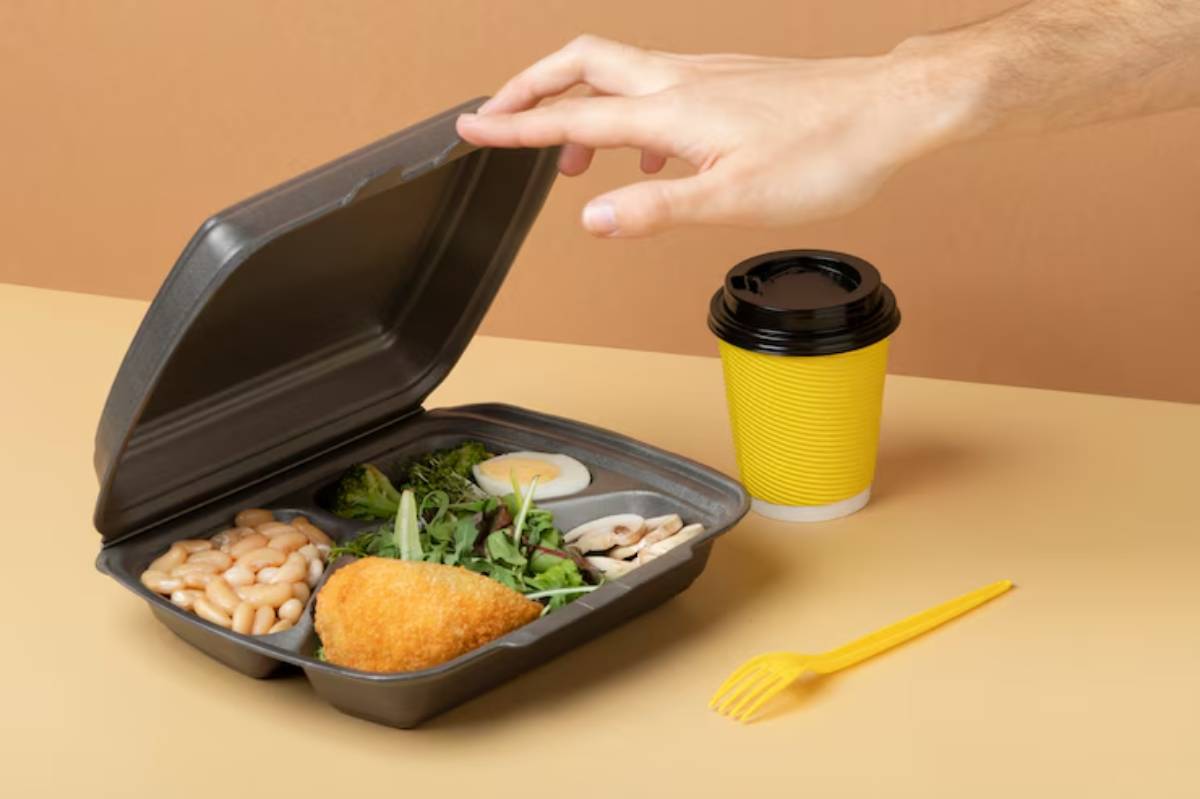
How to Keep Food Cold in Your Lunchbox
You’ve packed the perfect lunch — a crisp salad, creamy yoghurt, perhaps some hummus with cut veggies. But by midday, it’s lukewarm, wilted, and far from appetising. Worse, if it includes dairy, meat, or seafood, your once-healthy lunch could now be a food safety hazard.
Keeping food cold in your lunchbox is more than a convenience — it’s essential for maintaining freshness, taste, and safety. Whether you’re commuting, storing lunch in your backpack, or working somewhere without a fridge, the right insulation strategy can make all the difference.
In this guide, you’ll find science-backed cold lunch tips, insulation techniques, smart food choices, and realistic solutions that actually work in day-to-day life.
Understanding Why Cold Storage Matters
Food kept between 5°C and 60°C enters what food safety experts call the “danger zone” — a temperature range that promotes rapid bacterial growth. In just two hours, perishable items can begin to spoil.
Here’s what’s at risk if your lunch isn’t kept cold:
- Bacterial growth on protein-rich foods like chicken, eggs, or dairy
- Loss of texture and taste in fruits, vegetables, and prepared salads
- Food poisoning symptoms include nausea, cramps, and fatigue
Temperature-sensitive food should ideally be kept below 5°C until eaten. That means your lunchbox setup must go beyond convenience — it has to work like a mobile fridge.
Quick Guide: Cold Lunch Tips at a Glance
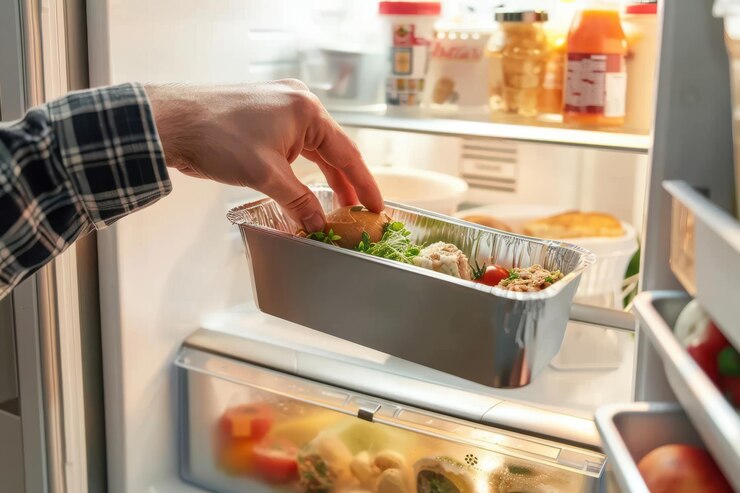
- Use a high-quality insulated lunch bag with zip closure.
- Add 1–2 ice packs or frozen gel blocks to maintain temperature.
- Store lunch in the fridge overnight for a “cold start.”
- Choose insulated or stainless steel food jars for yoghurts and smoothies.
- Pack perishable foods near the cold source.
- Use frozen items (like grapes or smoothie pouches) as edible coolers.
- Keep the lunchbox in the coolest area available (e.g., away from sunlight).
- Limit opening until ready to eat — this preserves internal temperature.
Step-by-Step Guide: How to Keep Food Cold Until Lunch
Step 1: Choose the Right Insulated Container
Not all lunch bags are created equal. For consistent cold retention:
- Use thickly insulated lunch bags with zip or roll closures.
- Avoid loosely packed or thin nylon bags.
- Choose brands with PEVA lining, which adds waterproofing and durability.
Pro Tip: Hard-sided lunch boxes tend to hold cold air longer than soft fabric ones.
Step 2: Use Effective Ice Packs (Not Just Any Ice)
A basic ice pack won’t cut it for longer days. Look for:
- Gel packs that stay cold longer than frozen water
- Slim, stackable designs that fit around containers
- Freezer bricks for high-heat environments
Important: Always freeze your packs overnight. Even reusable ones need at least 8 hours for maximum effect.
Step 3: Pack Smart with Layering and Positioning
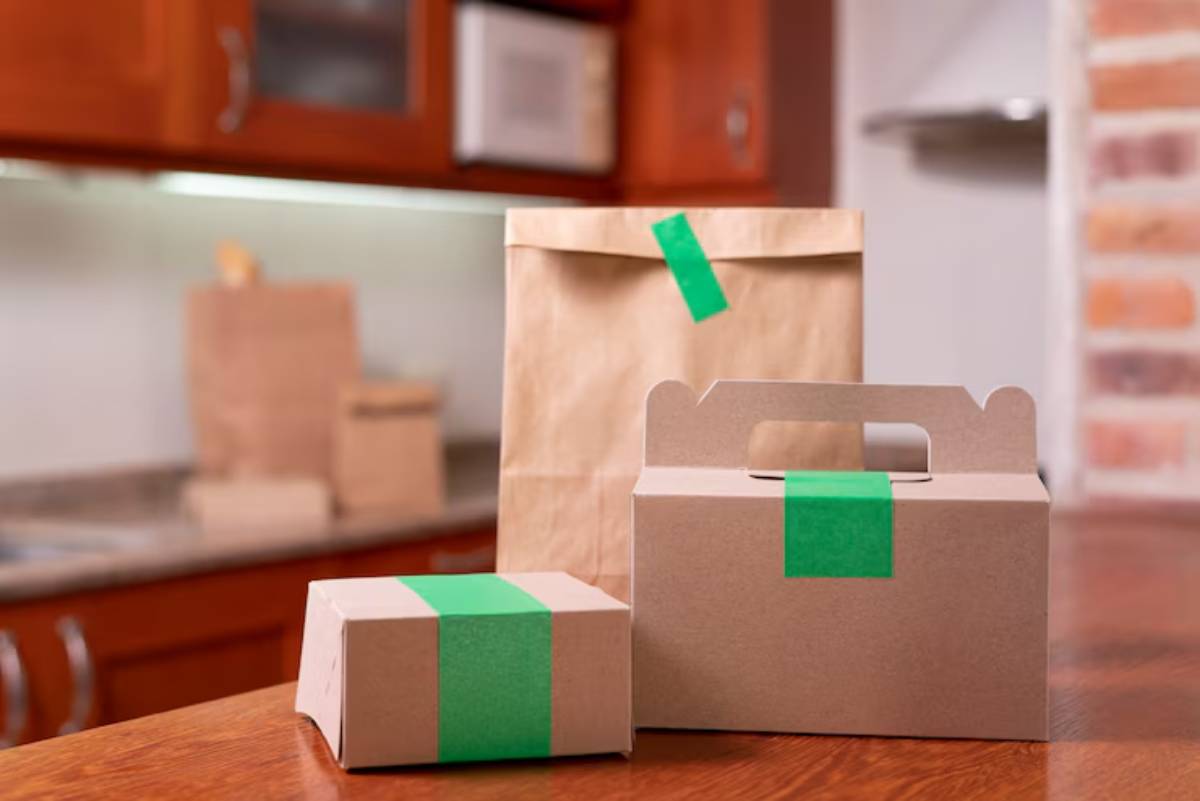
Where you place your ice packs — and your food — matters. For best results:
- Sandwich your food between two ice packs (one above, one below)
- Put perishables closest to the packs
- Use containers with tight-fitting lids to prevent external warmth sneaking in
Important: Don’t put warm food near your cold items — it speeds up spoilage.
Step 4: Chill Everything in Advance
Packing a warm sandwich in a cold bag defeats the purpose. Instead:
- Refrigerate your lunch overnight
- Cool cooked items before placing them in containers
- Freeze items like drinks or fruit slices the night before
This “cold start” approach ensures everything begins at a safe temperature.
Step 5: Use Freezable Foods as Cooling Tools
Some ingredients double as built-in chillers:
- Frozen berries for yoghurt
- Smoothie pouches as edible ice bricks
- Frozen juice boxes that thaw by lunchtime
- Frozen grapes or banana slices that stay firm for hours
These work especially well in kids’ and adult lunchboxes alike.
Step 6: Choose the Right Foods for Cooler Storage
Some foods naturally hold up better in a cold environment. Great options include:
- Cold pasta salads with oil-based dressings
- Grain bowls with hearty veg
- Dips and spreads (hummus, tzatziki, guacamole) in sealed containers
- Protein-rich add-ins like cheese cubes, boiled eggs, or tofu slices
Need inspiration? Try our easy Mediterranean lunch bowl that travels well and stays fresh.
Step 7: Store It Right at Work
Once packed, your lunch needs a cool, stable environment:
- Keep it away from sunlight and heat sources (like radiators or computers)
- Store in a shaded locker, cabinet, or under your desk
- If available, pop it into a shared fridge as soon as you arrive
Pro Tip: Minimise how often you open the bag — each time introduces warmer air.
Best Practices & Additional Insights
Build a Weekly “Cold Lunch” Menu
Structure your meals around foods that thrive in chilled conditions:
- Monday: Tuna salad wrap, frozen grapes, veggie sticks
- Tuesday: Pasta salad with chickpeas and cucumber, yoghurt
- Wednesday: Chicken and couscous, hummus pot, apple slices
- Thursday: Quinoa tabbouleh, feta cubes, chilled orange segments
- Friday: Turkey pitta pockets, energy bites, frozen berry mix
Prep ahead and refrigerate overnight for maximum chill.
Use Bento-Style Organisation for Temperature Control
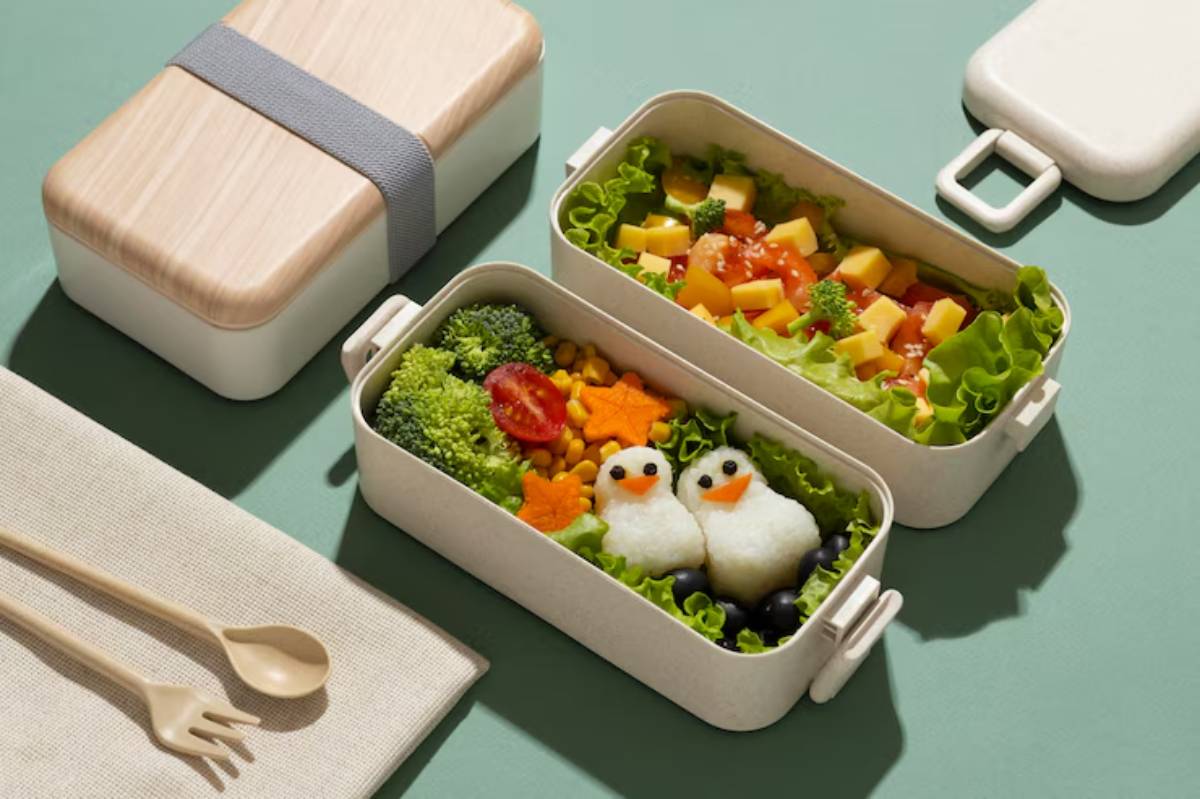
Segmenting ingredients not only prevents sogginess, but it also helps manage temperature.
- Cold sauces go in sealed pots
- Moist items stay away from crunchy snacks
- Dressings and perishable toppings are added only at mealtime
Looking for more tips on preventing sogginess? Our soggy lunchbox fix guide has expert solutions.
Prep the Night Before for a Cold Start Advantage
Don’t underestimate your fridge. Packing lunches the night before ensures:
- All ingredients are fully chilled
- Ice packs freeze thoroughly overnight
- There’s no early-morning scramble, so you pack more intentionally
This small habit dramatically improves food safety and flavour.
FAQs
- How long can food stay cold in a lunchbox with ice packs?
With quality ice packs and insulation, food can stay below 5°C for up to 6 hours. For longer days, use two packs or insulated jars. - What are the safest foods for cold lunchboxes?
Cooked grains, roasted vegetables, hard cheeses, hummus, and oil-based salads hold up well. Avoid mayo-based dishes unless stored properly. - Do stainless steel containers keep food cold?
Yes, especially if they are insulated. Pre-chilling them in the fridge enhances their cooling effect. - Can I use frozen fruit to help keep my lunch cold?
Absolutely. Frozen berries, grapes, or smoothie cubes act as mini ice packs that are safe and edible once thawed. - Is refrigeration still necessary if I use ice packs?
Refrigeration is not necessarily for short periods, but it is ideal whenever possible. Ice packs, depending on external temperature, are effective for up to 4–6 hours.
A Cooler Way to Pack Smarter Lunches
Keeping food cold isn’t just a nice-to-have — it’s a must for safety, texture, and taste. With a few simple tools and prep habits, you can enjoy crisp salads, creamy dips, and fresh fruit hours after packing.
From choosing the right container to knowing what to pack and where to place it, these insulated food ideas will transform your midday routine into something you can rely on, not refrigerate anxiously.
